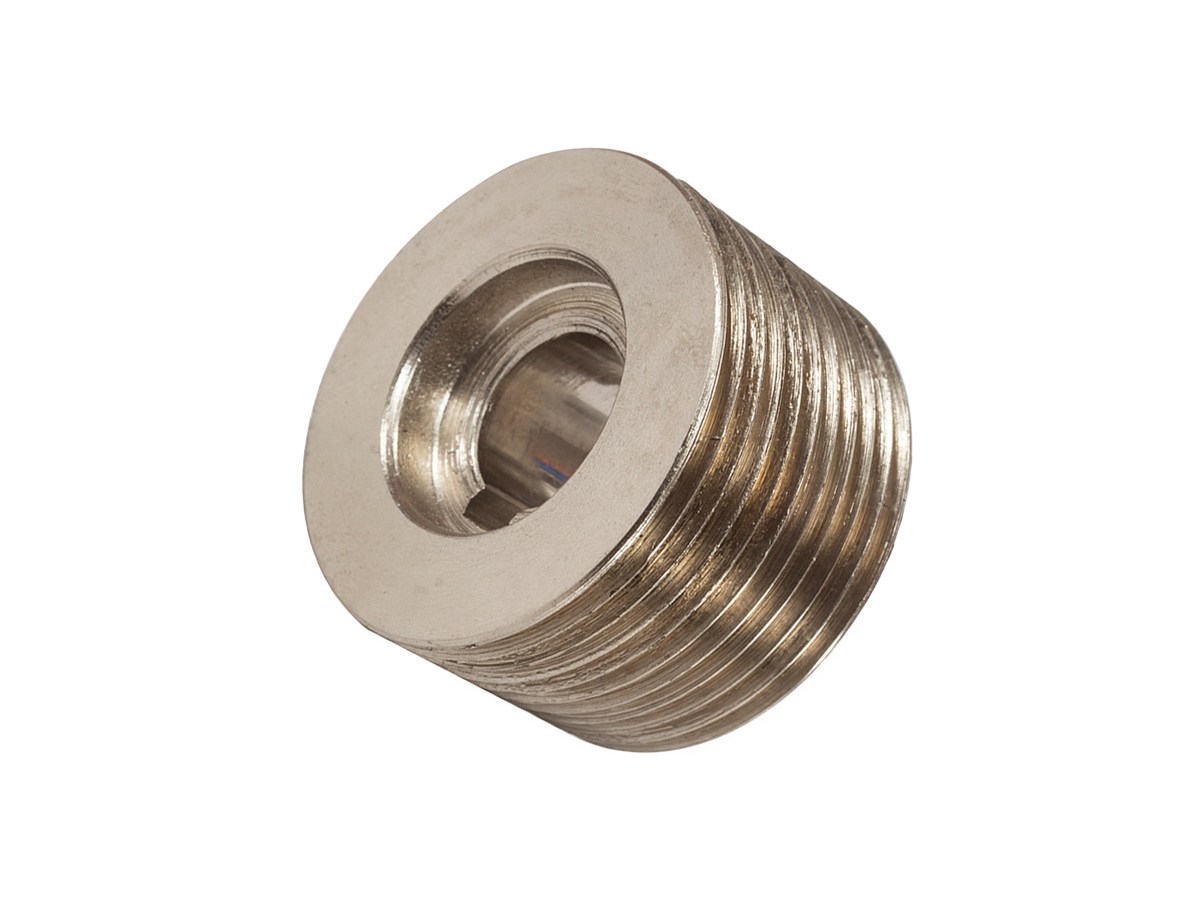Titanium CNC Boring: Revolutionizing Aircraft Parts for Aerospace and Aviation
Precision Engineering for Extreme Aerospace Demands
Modern aerospace components require materials capable of withstanding extreme temperatures, corrosive environments, and high mechanical stresses. Titanium alloys, with their exceptional strength-to-weight ratio (up to 260 MPa·cm³/g) and corrosion resistance, now constitute 30-40% of advanced aircraft structures. Through CNC boring services, manufacturers achieve bore tolerances as tight as ±0.005mm in titanium components, critical for jet engine shafts and landing gear assemblies.
The shift toward next-gen aircraft like the Boeing 787 and Airbus A350 has driven titanium usage to unprecedented levels. Advanced multi-axis CNC machining enables complex cooling channels in turbine blades and ultra-precise actuator housings, reducing component weight by 25-40% compared to steel alternatives while maintaining FAA/EASA compliance.
Material Selection: Titanium Alloys for Aerospace Performance
Material | Key Metrics | Aerospace Applications | Limitations |
|---|---|---|---|
1,000 MPa UTS, 10% elongation | Jet engine fan blades, wing spars | Requires flood cooling during machining | |
860 MPa UTS, 15% elongation | Hydraulic system components | Limited to 400°C operating temperatures | |
1,250 MPa UTS, 6% elongation | Landing gear forgings | Complex heat treatment required | |
690 MPa UTS, 20% elongation | Fuel system tubing | Lower strength than Grade 5 |
Material Selection Protocol
High-Temperature Engine Components
Rationale: Ti-6Al-4V dominates turbine section manufacturing due to its 450°C operational limit and fatigue strength of 500 MPa at 10⁷ cycles. Post-machining thermal coatings enhance oxidation resistance by 300%.
Validation: Pratt & Whitney GTF engine specs mandate Ti-6Al-4V for high-pressure compressor disks.
Weight-Sensitive Structural Parts
Logic: Ti-10V-2Fe-3Al achieves 15% weight reduction over steel in landing gear, with fracture toughness exceeding 70 MPa√m. Precision CNC boring ensures ±0.008mm bore concentricity for axle assemblies.
Corrosion-Prone Areas
Strategy: Ti-3Al-2.5V fuel lines withstand JP-8 exposure for 50,000+ flight hours when paired with electropolishing (Ra <0.2μm).
CNC Boring Process Optimization
Process | Technical Specifications | Applications | Advantages |
|---|---|---|---|
50:1 L/D ratio, 0.01mm circularity | Engine shaft oil passages | Maintains straightness within 0.03mm/m | |
0.005mm positional accuracy, 8,000 RPM | Complex turbine blade cooling holes | 45° compound angle capability | |
0.1-30mm diameter, Ra 0.8μm | Hydraulic actuator cylinders | Single-pass drilling up to 1,500mm depth | |
±0.003mm tolerance, 0.4μm surface finish | Bearing housings | Eliminates post-machining grinding |
Process Strategy for Turbine Shaft Boring
Rough Boring: Carbide-tipped tools remove 80% of material at 120 m/min cutting speed.
Thermal Stabilization: 600°C vacuum annealing relieves machining stresses (per AMS 2801).
Finish Boring: Diamond-coated bars achieve Ra 0.4μm in 75mm bores.
Surface Treatment: PVD AlCrN coating applied for 900°C oxidation resistance.
Surface Engineering: Enhancing Titanium Performance
Treatment | Technical Parameters | Aerospace Benefits | Standards |
|---|---|---|---|
10-30μm thickness, 300-500 HV | Corrosion protection for fasteners | AMS 2488 | |
WC-Co overlay, 1.2mm thickness | Turbine blade leading edge repair | Rolls-Royce RRES 90061 | |
0.3mm Almen intensity, 200% coverage | Fatigue life extension for landing gear | SAE AMS 2432 | |
0.05-0.2mm material removal | Deburring complex internal channels | BAC 5763 |
Coating Selection Logic
Engine Exhaust Components
Solution: Thermal-sprayed YSZ coatings withstand 1,100°C gas temperatures, reducing substrate thermal load by 60%.
Wing Attachment Fittings
Method: Double-layer anodizing (Type II + III) provides 1,500-hour salt spray resistance per ASTM B117.
Quality Control: Aerospace Validation
Stage | Critical Parameters | Methodology | Equipment | Standards |
|---|---|---|---|---|
Chemical Analysis | O: ≤0.20%, Fe: ≤0.30% | Glow discharge spectrometry | SPECTROLAB MAXx | AMS 4928 |
Bore Metrology | 0.005mm cylindricity, 0.01mm position | Helix measurement system | Zeiss Duramax | ISO 1101 |
NDT | 0.05mm crack detection | Phased array ultrasonic testing | Olympus Omniscan MX2 | NAS 410 Level III |
Fatigue Testing | 10⁷ cycles @ 80% UTS | Resonant fatigue testing | Rumul Mikrotron | ASTM E466 |
Certifications:
NADCAP AC7114/1 for non-destructive testing.
AS9100 Rev D for full aerospace supply chain compliance.
Industry Applications
Jet Engine Shafts: Ti-6Al-4V + multi-axis boring (0.005mm runout).
Landing Gear Trunnions: Ti-10V-2Fe-3Al + laser peening (300% fatigue life).
Auxiliary Power Units: Ti-3Al-2.5V + electropolishing (Ra 0.1μm).
Conclusion
Advanced titanium CNC boring services enable 30-50% weight reduction in critical aerospace components while meeting MIL-STD-2032 fatigue requirements. Integrated aerospace machining solutions reduce lead times by 35% versus conventional methods.
FAQ
Why is Ti-6Al-4V preferred for jet engine components?
How does laser peening improve titanium fatigue resistance?
What certifications are critical for aerospace titanium machining?
Can titanium replace steel in landing gear assemblies?
How to prevent work hardening during titanium boring?

